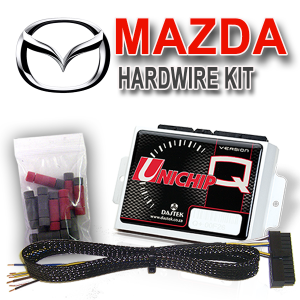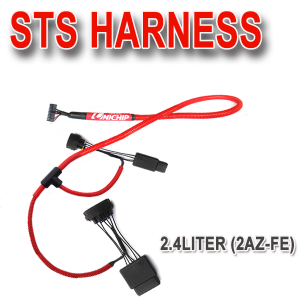Tag Archives: Intake Manifold
Variable Vane Turbo
The turbocharger is an exhaust-driven centrifugal air compressor. Its purpose is to increase power output by supplying compressed air to the engine. The internal components are oil and air cooled. Engine oil is circulated through the housing, which acts as a heat barrier between the “hot” turbine and the “cold” compressor. Bearings are sleeve type and are lubricated by engine oil. Oil is pumped directly from the oil filter base, then circulated to the turbocharger housing and returned to the sump through an oil drain in the turbocharger center housing.
The electronic turbocharger variable vane hydraulic control valve utilizes the powertrain control module (PCM) to control intake manifold pressure. The turbocharger uses a set of moveable vanes in the turbine housing to change the flow of the exhaust gases throughout the turbocharger. These vanes can be positioned to change the angle or direction and the velocity of flow to the turbine wheel, depending upon the conditions in which the engine is operated. As power demands increase, exhaust gas velocity increases in direct relation, as does intake manifold boost pressure. Conversely, as the flow of exhaust gas diminishes, intake manifold boost pressure is also reduced at the same rate.
Vanes mounted around the internal circumference of the turbine housing are connected to a unison ring. The unison ring links all the vanes together and when the unison ring moves, all the vanes move. The unison ring is moved by exposing either side of an actuator piston to pressurized engine oil. Oil flow to the appropriate side of the piston is regulated by the turbocharger variable control valve whose winding is part of a pulse width modulated (PWM) circuit regulated by the PCM. An increase in duty cycle of the PWM circuit will route oil through the turbocharger variable control valve in a way that will cause piston movement that increases manifold pressure (BOOST). Decreasing the pulse width will direct oil such that the manifold pressure (BOOST) will be decreased. Turbocharger control is a closed-loop system using the exhaust pressure (EP) sensor to provide feedback to the PCM. In response to engine speed, engine load, manifold pressure and barometric pressure, the PCM provides a duty cycle to the turbocharger variable control valve to cause it to match manifold pressure (BOOST) to the requirements of the engine.
Expanding exhaust gases drive the turbine shaft assembly to speeds over 100,000 rpm . Filtered air entering the compressing side of the turbocharger is compressed and delivered through a charge air cooler (CAC). The very hot compressed air is cooled, then continues on to fill the intake manifold at a pressure higher than atmospheric pressure. Because considerably more air is forced into the intake manifold, the results are increased power, fuel efficiency and the ability to maintain power at higher altitudes.




